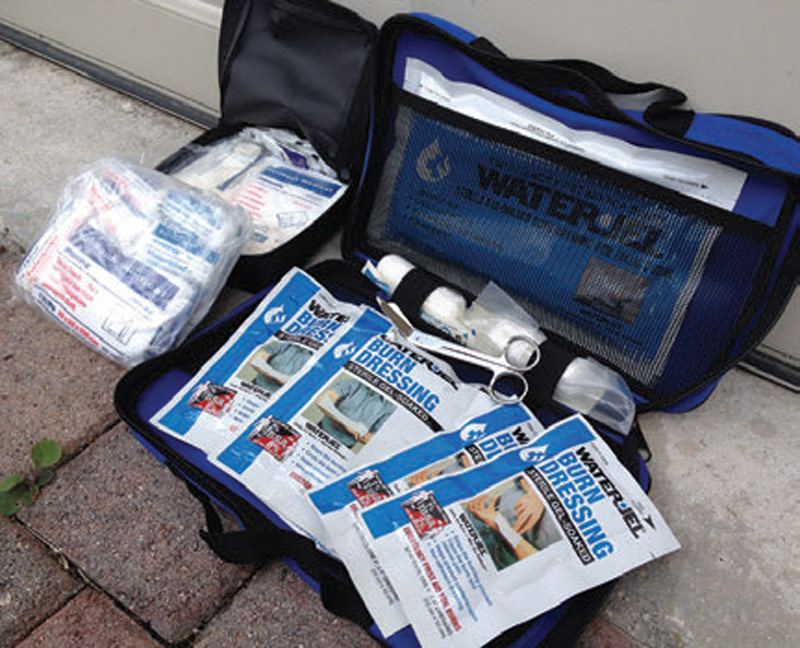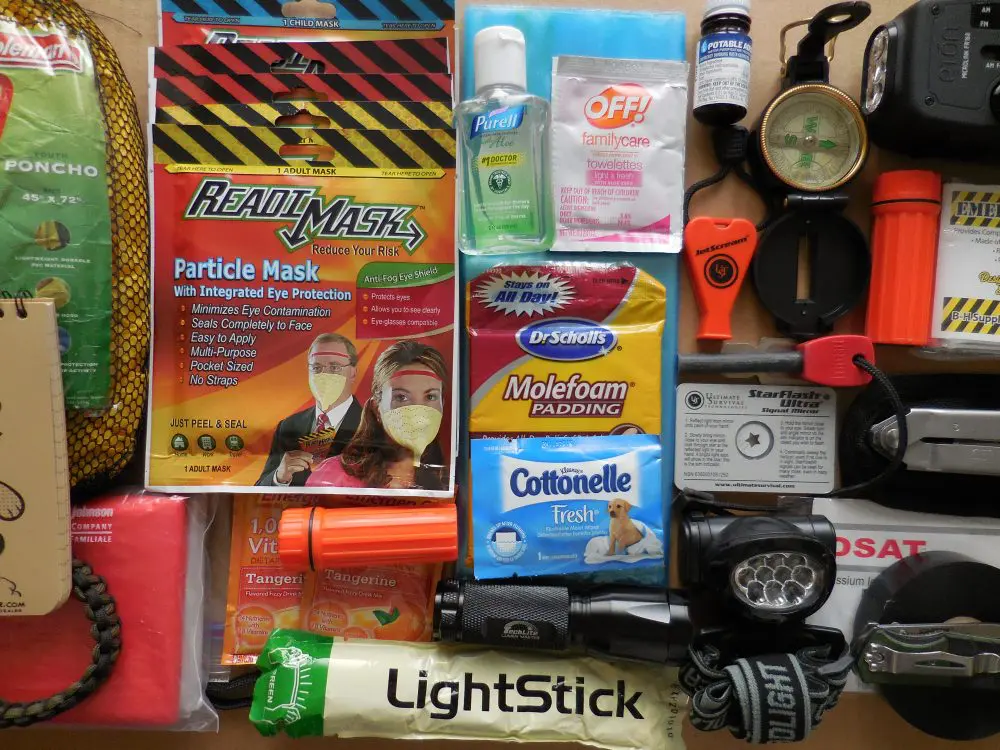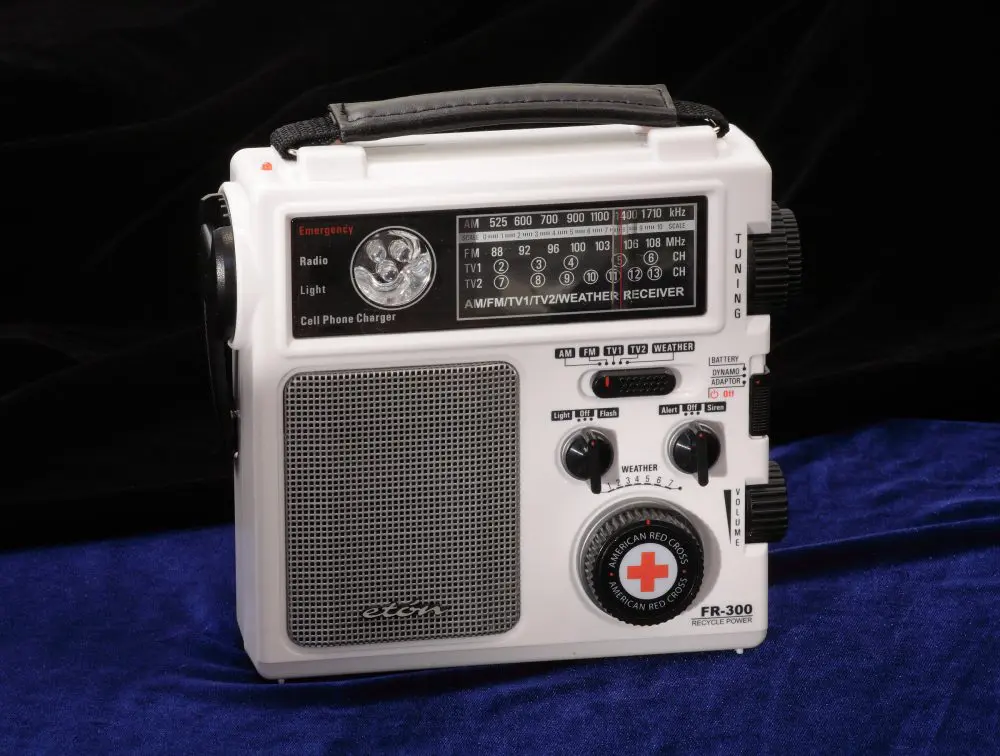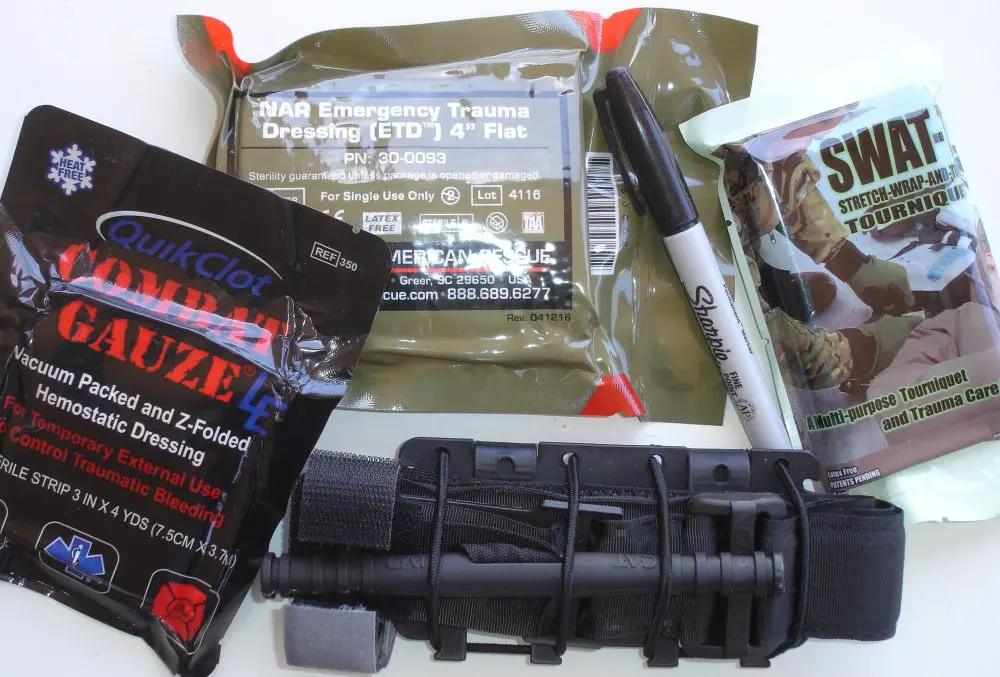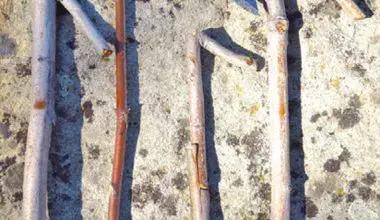A major disaster is unfolding right before your eyes. You start getting that sick feeling in the pit of your stomach—this may be the real thing! If you’re going to leave, now is the time to do it.
Under different circumstances, you’d probably elect to hunker down and ride it out. But not this time. You need to put as many miles behind you as possible, and you need to do it quickly. If you’ve done your homework, you have a plan, redundant back-up plans, a bug-out bag for each member of your group, and possibly a well-stocked and secure retreat location. You’re ready to go.
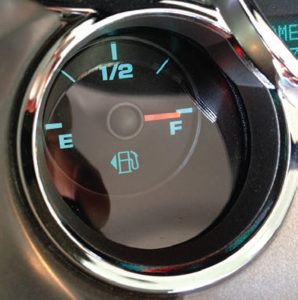
Or are you? Leaving at a moment’s notice requires more than a plan and supplies. You’ll need a reliable ride that’s up to the challenge.
Table of Contents
THE MOMENT OF TRUTH
The reason(s) why you may need to bug out really don’t matter. It could be an approaching storm, wildfires, floods, or any other number of potential hazards. To survive, you’ll need to be prepared to get out fast.
There will probably be no time to pack, prepare or contemplate the options. You’ll need to get to your retreat location as quickly as possible. When that time comes, will your vehicle be ready? If you’re in a bug-out situation, you already have plenty of things to worry about. The condition of your vehicle shouldn’t be one of them.
Whether you have a dedicated bug-out vehicle or you’re planning on using the family car, it’s got to be road-ready. The good news is that there are many simple, low-cost steps you can take to help keep your vehicle in tip-top condition.
ROAD READY
A road-ready vehicle is one that has been prepared and maintained with one goal: to be ready to go at a moment’s notice. Get in, turn the key, and hit the gas—that’s it.
At that moment, there will be no time for filling the gas tank, checking the tire pressure, or making last-minute repairs. If the situation has deteriorated to the point that you need to bug out, time is absolutely of the essence. Bugging out is, by definition, usually done in a very big hurry and only under the most extreme circumstances.
THE BASICS
Every situation is different, and in many cases, circumstances and financial resources will dictate what you can and can’t do. If money wasn’t an issue, I’m sure many of us would have a dedicated bug-out vehicle fully set up with all the latest survival gear and equipment.
Back in the real world, however, a dedicated bug-out vehicle is a luxury that few of us can afford. For us regular folks, one of our daily rides will most likely do double-duty as our get-out-of-Dodge vehicle. This means you must prepare and maintain that vehicle not only for the daily commute, but also for the possibility that it may one day be called upon to save you and yours during an emergency.
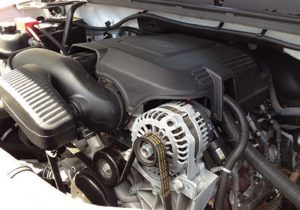
Here are some basic items to consider when preparing your road-ready vehicle.
- Is your vehicle mechanically sound and capable of getting you to your intended destination?
- When was the last time you checked the vehicle’s shocks, tires, brakes, battery, and windshield wipers, or changed the filters, oil, and other fluids?
- Will you be traveling paved roads, mostly off-road, or a combination thereof? In either case, will your vehicle’s suspension and tires be capable of operating on those surfaces?
- What are the weather conditions in your area? Snow, heavy rain, floods, extreme temperatures? Have you made advance preparations for such contingencies?
- Can you get to your destination with one tank of gas? If not, what are your options for the extra fuel you will need? And have you made preparations to protect the gas in your vehicle’s tank?
- Do you have equipment, parts and tools in the event of a breakdown? What are your options?
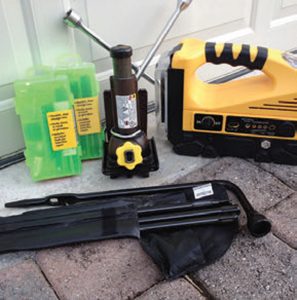
ON-THE-ROAD SURVIVAL
Your roadside survival may one day depend on how well you prepared. Here are some simple tips to help keep your vehicle road ready.
Gas
A vehicle without fuel is the same as a gun without ammunition— pretty much useless. Make it a point to keep your gas tank as full as possible at all times. Never let it go below threequarters full. The moment you see the gas gauge approaching the ¾ mark, stop and fill up. When emergencies occur, grocery stores, supermarkets, and gas stations are typically the first to be mobbed by desperate crowds. These are all the people who waited until the last possible moment. Don’t be one of them. Having to stop for gas under these conditions will delay your departure by many hours, if not days.
Locking Gas Cap
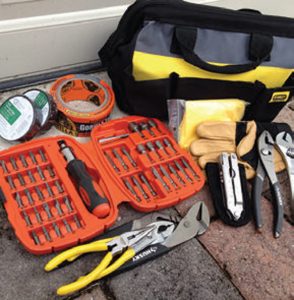
A locking gas cap can protect you in two ways: first, it prevents some dirtbag from stealing your gas; and second, it prevents some dirtbag from putting something in your tank that kills your ride out of town. During the gas storages of the 1970s, it was common to wait for hours in long lines to get gas. Criminals quickly realized it was far easier, and cheaper, to siphon gas out of other folks’ unprotected tanks. Vehicles without locking gas caps became easy targets.
Vehicle Maintenance
Keep your vehicle tuned up and in good repair. It’s always the little things that get us: dirty oil, old fluids, clogged filters, fouled spark plugs, worn tires, damaged windshield wipers, a weak battery, worn-out brakes and shocks.
What starts out as a minor annoyance can quickly turn into a disaster, and of course it will happen when you least expect it. Use a logbook to keep track of maintenance intervals and when your vehicle needs
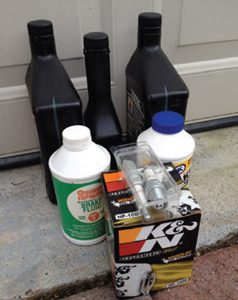
service. Also keep an extra supply of filters, fluids, and other necessary supplies.
Spare Parts
Keep an inventory of the most often used parts for all your vehicles, but especially for the vehicles you plan on using to get out during an emergency. No one knows your car better than you do. Is there a part that wears out or breaks often? If so, next time buy two, maybe three, and add the extras to your inventory.
Tires
Tire performance is critical to safety and reliability. According to some experts, tires become unsafe once the tread is down 1/16th of an inch. A tire failure while you’re driving can be dangerous. A tire failure during a bug-out situation can be catastrophic. Unsure? Use the penny test.
Place an upside-down penny into your tire’s tread. If you can see President
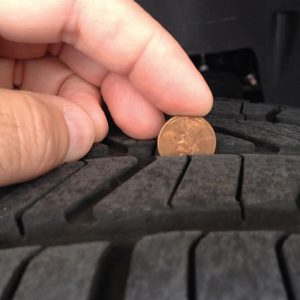
Lincoln’s head, the treads are worn and the tire needs to be replaced as soon as possible. Getting close? Replace the tire anyway. Why take chances?
Spare Tire, Jack and Tire Repair Kit
Vehicles come with a spare tire, jack and tirechanging tools for a reason. The average vehicle will not go far on a flat tire. Years ago, all vehicles came with a full-size spare tire. But now, many cars are equipped with a space-saver spare. This is code for a very narrow, compact tire that even the manufacturers warn should not be used for more than 50 miles of driving. If you don’t have a full-size spare, get one. Better yet, get two.
The spare tire, jack and tire-changing tools should all be inspected often. Make sure your spare tire is properly inflated and in good condition. Also make sure your jack is functioning and that you have all the necessary tools to actually change a tire.
A quality tire repair kit and an air compressor are also good investments.
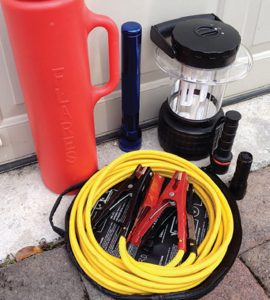
Tools
Every vehicle should carry a set of tools well suited for emergency repairs on the road. Take the time to become familiar with your vehicle and the tools you are most likely to need in the event of an unexpected breakdown. Every vehicle is different and every situation is different, but consider having a set of socket wrenches, screwdrivers, hex wrenches, open wrenches, pliers, adjustable wrenches, multi-tool, heavy gloves, electrical tape, duct tape, tie wraps, and at least two flashlights with extra batteries.
Fire Extinguisher
There is never a good time for a vehicle fire, but there is probably no worse time than during a bug-out scenario. Your car catching on fire is bad enough, but losing your supplies or worse yet, your life, takes the crisis to a whole other level. Keep a fire extinguisher in your vehicle and attack that small fire before it grows into a big fire.
Get a fire extinguisher that is well suited for use on Class B (liquids and
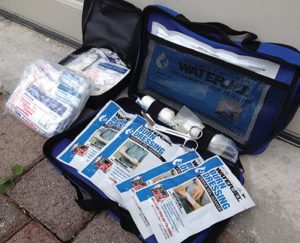
gases) and Class C (energized electrical equipment) materials. Also keep your fire extinguisher easily accessible. One that is buried under lots of other stuff in the bowels of your truck will probably be of little use during a fire.
First Aid/Burn Kit
Every vehicle should have a road-ready first aid kit and burn kit. Have supplies to attend to bleeds, burns, scrapes, bluntforce trauma, and other types of impact injuries. Think of this kit as a rolling first aid station, and pack accordingly. Become familiar with the kit’s supplies and components and know how to use them effectively.
Emergency Roadside Kit
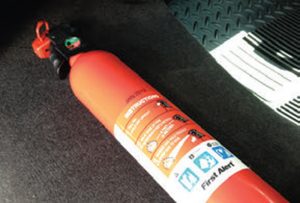 Keep road flares, flashlights, and jumper cables in your vehicle. They will help you cope with roadside emergencies and hopefully get you on your way quickly and safely.
Keep road flares, flashlights, and jumper cables in your vehicle. They will help you cope with roadside emergencies and hopefully get you on your way quickly and safely.
WRAP UP
When you least expect it, you may need to use your vehicle to escape a disaster or serious public emergency. Keep your vehicle well maintained and in good working order to increase your chances of survival. It will take some effort and pre-planning, but a road-ready vehicle can help get you out fast and keep you rolling until you reach your destination. Stay safe and be prepared.
